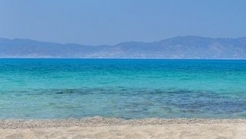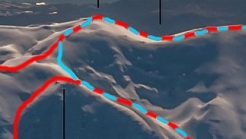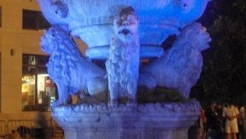

Greece
The visitor becomes acquainted with the arts of ancient Chios, understands the history and topography of the island, and realizes the island’s importance during the ancient times.
The building of the Chios Archaeological Museum was built in 1971. The three floors are connected via elevator and marble staircases. In the surrounding area, there is a small amphitheater for events.
Five rooms house the permanent exhibition, and one is used for the temporary ones. On the first floor, you can find: a)exhibits from prehistoric Chios from the Final Neolithic to the Mycenaean era b) samples of clay figurines and sculptures (statues, portraits, engravings) from the 8th century BC to the roman era and c) tombstones and inscriptions.
On the second floor there are samples of ceramic and metal crafting from the archaic to the roman era, while on the third floor you will find the temporary exhibition entitled «Psara in ancient times».
Since 1999, the museum operates as an exhibition space, but also as a space for creation of culture.
Thus, the visitor becomes acquainted with the arts of ancient Chios, understands the history and topography of the island, and realizes the island’s importance during the ancient times.


This beach is located in the town of Chania, and owes its’ name to its’ golden sand! Perfectly organised, with umbrellas and chairs, it is the best choice for familiew not wanting to wander far away from their base.


Pierra Creta southernmost ski mountaineering event. Pierra Creta is a ski mountaineering race held in the mountains of Crete. It was organized for first time in March 2014, and in 2015 as a team race with great success. After two successful consecutive editions, “Pierra Creta” is a bi-annual event!


Recently renovated mansion of Aktarika downtown and going to house the Vikelaia Library of Heraklion, a cultural institution with a great history which has justly been called "Academy of Sciences", as in previous years produced sufficient spiritual project in Humanities and the Arts .
1039 Ε 6061 01515 00